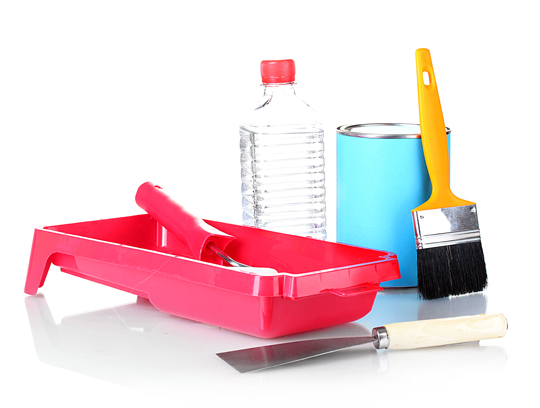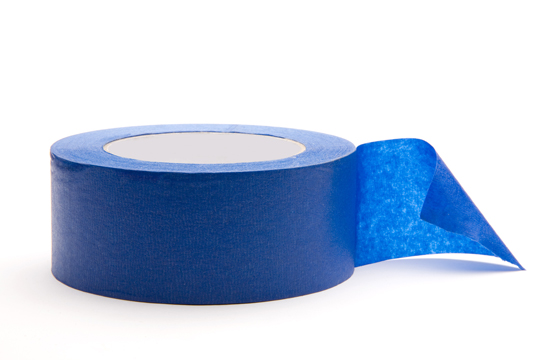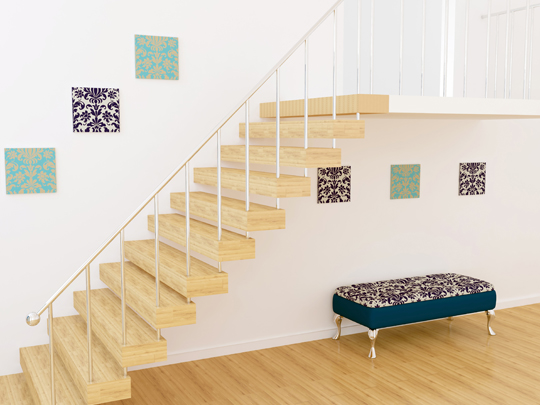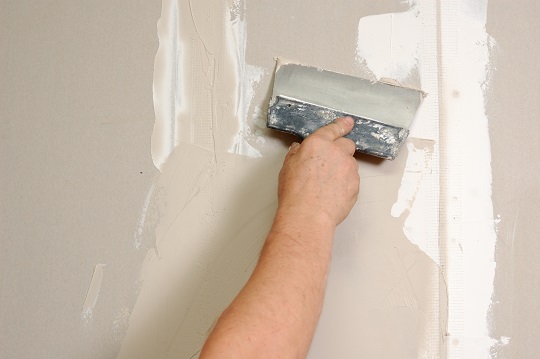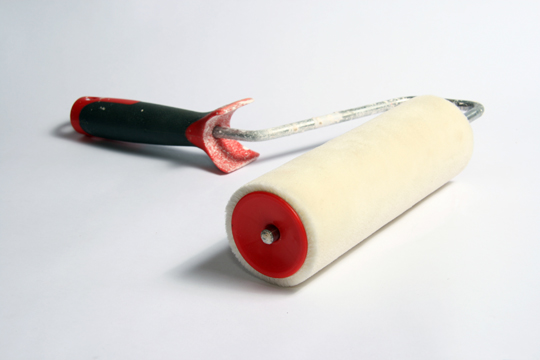Paint solvents are used to thin out paint or remove it from brushes, rollers, and other tools. There are many different types of paint solvents available, and each one works differently.
Some are best suited for certain surfaces, like glass or metal, and others are versatile and can be used on anything. No matter what types of paint solvents you use, be sure to wear gloves and a mask at all times. Solvents can burn your hands and breathing in the fumes can be harmful to your lungs.
Acetone
Acetone is one of the most common paint solvents available. It is clear and has no color. It does, however, have a very strong smell. Many products such as nail polish remover have acetone in them. Although acetone should not be swallowed or inhaled, it is produced naturally by many animals and humans.
Xylene
Xylene is a type of paint thinner that works well with slow-drying paints and lacquers. Xylene is a very strong chemical and is even used in some pesticides. Be very careful when handling it and keep it far away from children and animals at all times.
Turpentine
Turpentine is one of the most popular types of paints solvents available. It can be made from pine trees or crude oil and is extremely flammable. If turpentine is splashed in your eyes, it can cause redness and severe burning. Be sure to wear safety glasses when handling this solvent and store it away from direct heat and power outlets.
If you paint often, you know how handy paint solvents can be. They are not only a convenient way to clean your tools and any paint spills, they can also be used to create a desired color or painting effect. Try the these different solvents to see which one works best for you, and remember to handle them with care.
Find Professional Painters In Your Area
If you want to just trust these strong chemicals in the hands of professionals, you will need to find a painter in your local area. TalkLocal‘s innovative new service makes this easy. Visit our website and detail the services you need. We will connect you with only professionals who are qualified to help with your specific issue. Did we mention it’s completely free?

